But why can't they build more renewables in Virginia to power the data centers, you ask? First of all, the data centers need as much electricity as a large city. Imagine taking New York City and plunking it down next to Dulles Airport and expecting to hook up to the existing electric system. The data centers use half as much as NYC! The load is just too great to solve with new renewable generators at load. This is a fact that seems to be escaping the elected officials in Virginia -- they don't realize how much electricity these data centers use.
Bates said he didn’t realize running a power line to a data center was considered a transmission line.
Transmission opponent Patti Hankins from Harford County, Maryland, has put together an eye-opening presentation showing the energy supply profiles of several Mid-Atlantic states. Is your state an electricity importer or an electricity exporter? Nobody seems to be paying attention to this important fact these days, when everyone seems to be focused on increasing renewable generation and phasing out fossil fuels like coal, gas and oil. The media drones on incessantly about closing fossil fuel generators, and many people think that renewables like wind and solar supply a huge amount of our energy. What's really happening up the line when you turn on your light switch?
This presentation tells you everything you need to know.
| comparison_of_pjm_state_installed_capacity_2022.pdf |
On the other hand, states like Virginia, Maryland, the District of Columbia (that imports 99% of the electricity it uses!), Delaware, New Jersey and Ohio are big energy importers. These states all have renewable energy goals and policies that have served to shut down a big majority of the fossil fuel electric generators that used to supply their energy. Additions of wind and solar have not kept up with the supply lost by closing fossil fuel generators. Even in these renewable loving states, wind and solar make up a very small percentage of the power that is used. The percentage is so small that it cannot support the state's electric load under any circumstances. So, where do these states get their electricity? From West Virginia and Pennsylvania via high-voltage transmission lines. Little do these states know that when they turn on the light switch, they are using good, old-fashioned coal and natural gas. And they stand ready to INCREASE their use of fossil fuels by building more energy hogs in their areas. This is the reason PJM is currently proposing a high-voltage transmission build out of epic proportions.
The thought of building the big baseload generators needed to power the new data centers near the data centers isn't even contemplated. It would never happen! However, why is it okay to increase the burning of fossil fuels in other states in order to power new data centers? Don't we all breathe the same air? Who's the NIMBY now?
We're not as far along on a renewable energy transition as people are being told by the media. Wind and solar is getting all the attention (and government handouts), but it's actually powering little. The corporations, utilities, and local governments lie about how "clean and green" they are. If they actually only used the renewable energy they produce, their lights would be out for a vast majority of the time. Without West Virginia and Pennsylvania burning fossil fuels, polluting their environments, and sacrificing to build gigantic new electric transmission line extension cords to the east coast cities, these areas would experience rolling blackouts worse than a third-world nation.
Another lie the media loves is that we need to build new high-voltage transmission to ship renewable energy around the country. After looking at these graphs and maps, you'll realize this just can't happen. We are currently stuck in a world of HAVES and HAVE NOTS. West Virginia and Pennsylvania HAVE the electricity and Virginia, Maryland, DC, Delaware and New Jersey HAVE NOT. What's really going to be on these new transmission lines is fossil fuel electricity from states with enough to export. So while the federal government comes up with new programs and taxpayer-funded giveaways to grease the skids for new transmission, they must acknowledge that the only thing they are actually doing is INCREASING emissions.
Elected officials considering new plans for data centers and other big energy hogs that they hope will bring new tax revenue, jobs, and economic development need to recognize that their state does not have enough electricity supply to support this new infrastructure. New transmission lines from states that burn fossil fuels is not the answer. The data center boom must be paused until the localities that will reap the financial rewards can build the clean infrastructure they will need to support it.
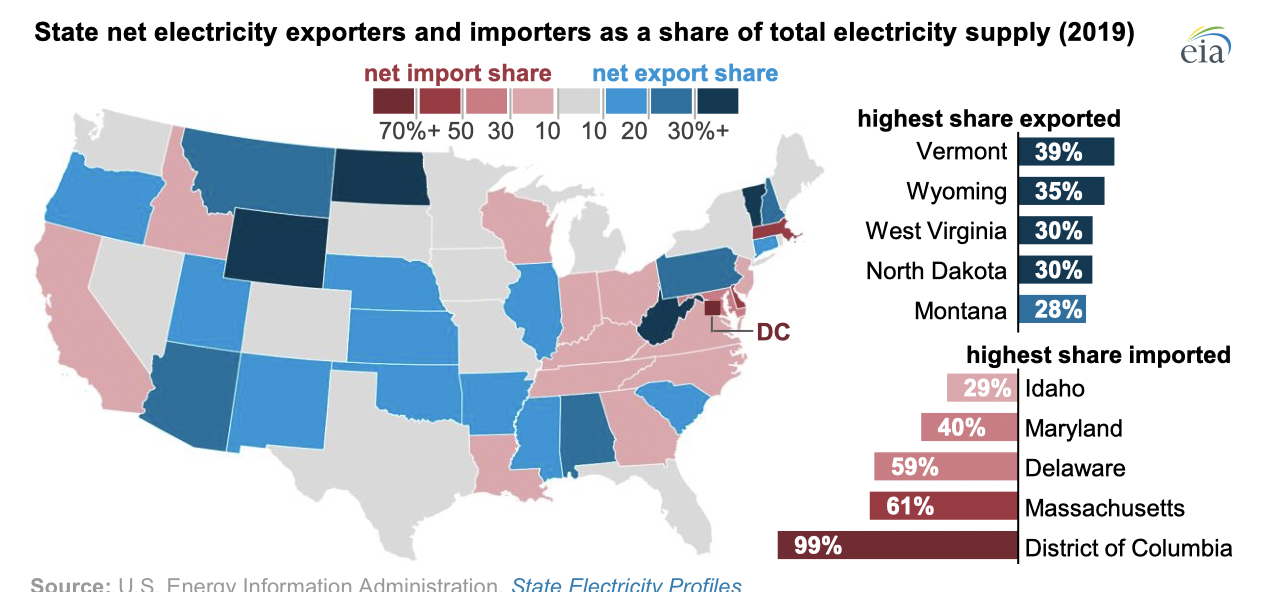

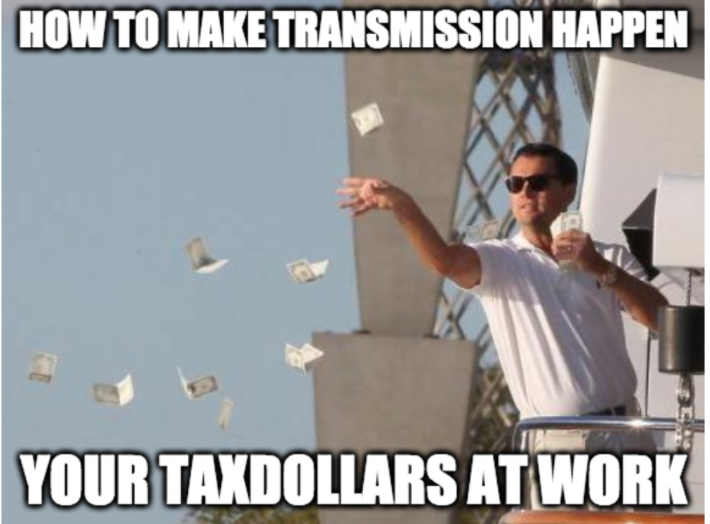
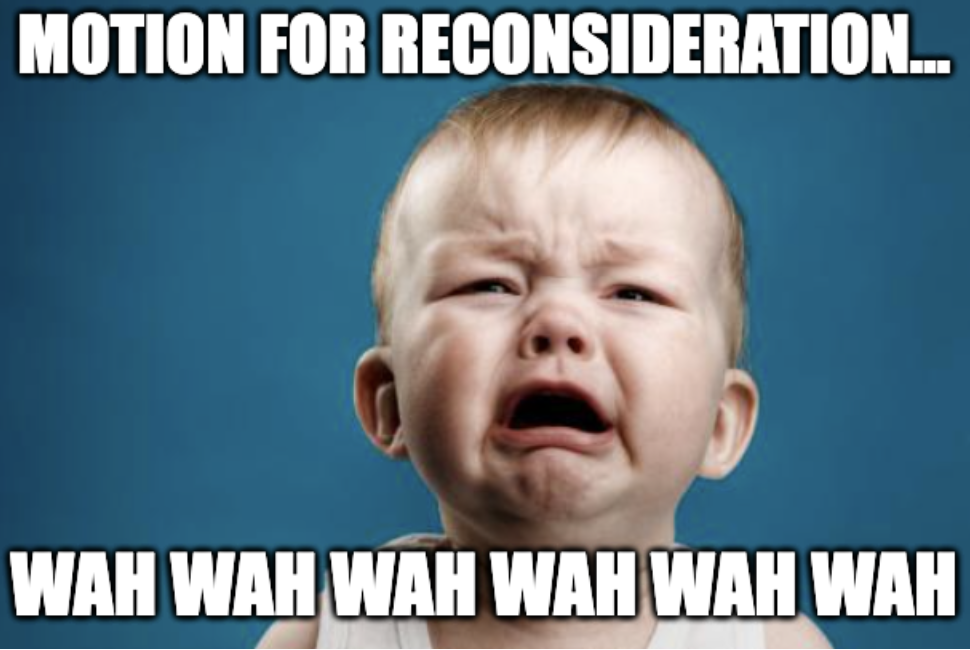
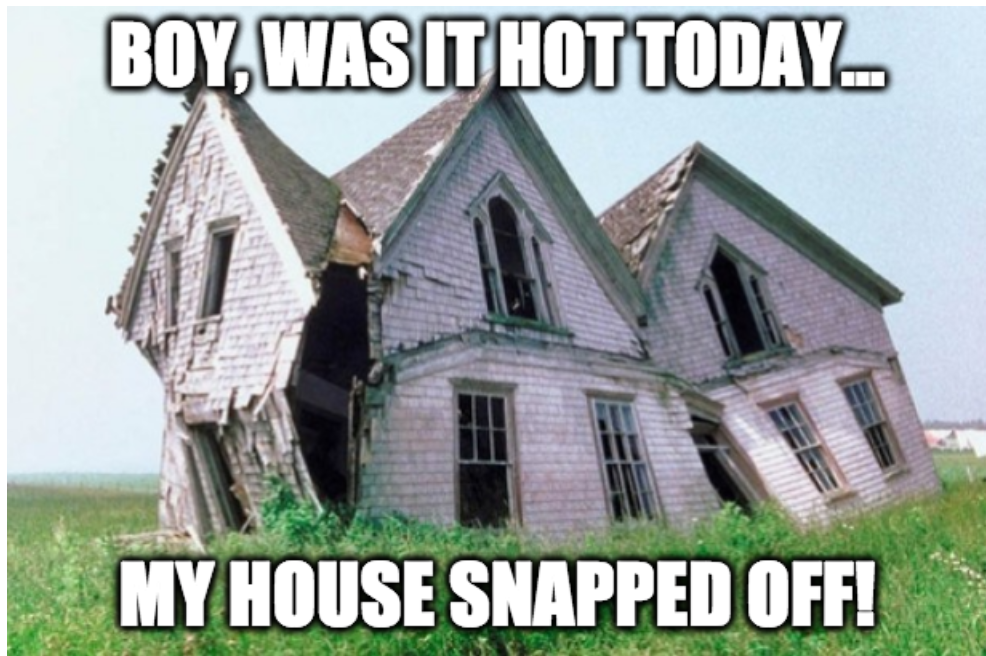
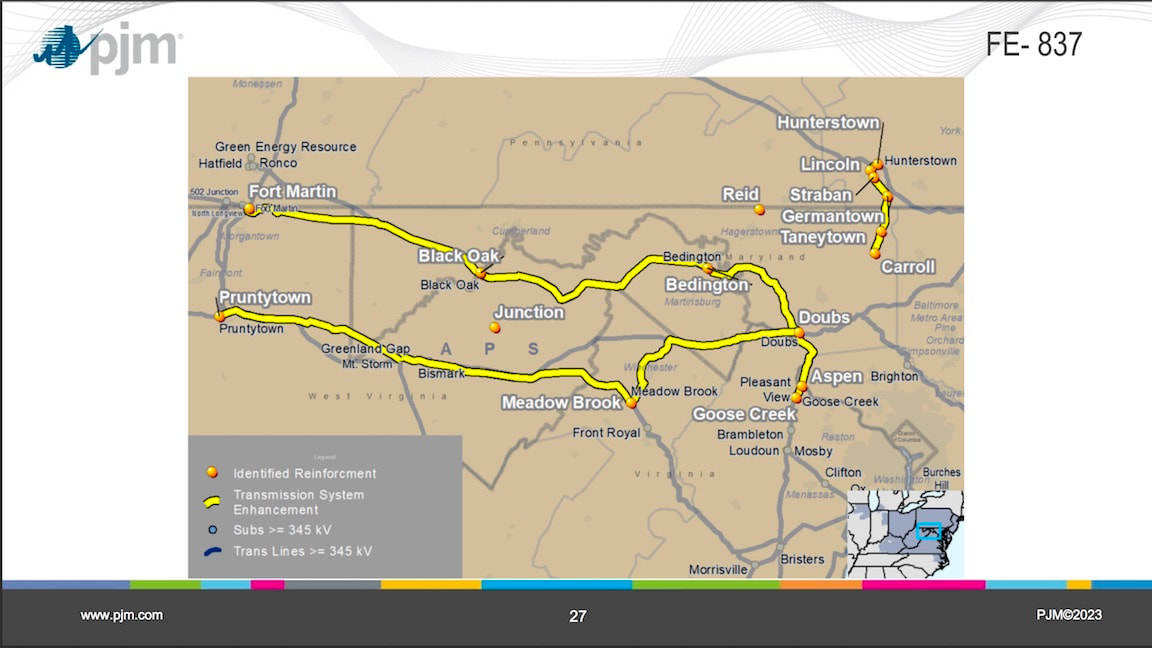
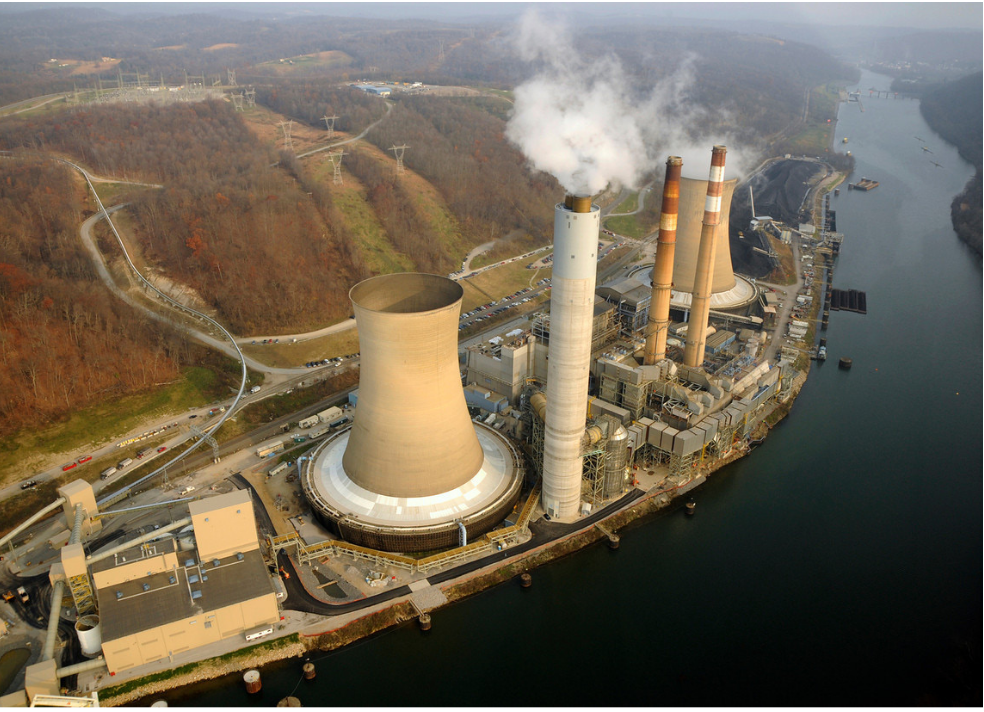
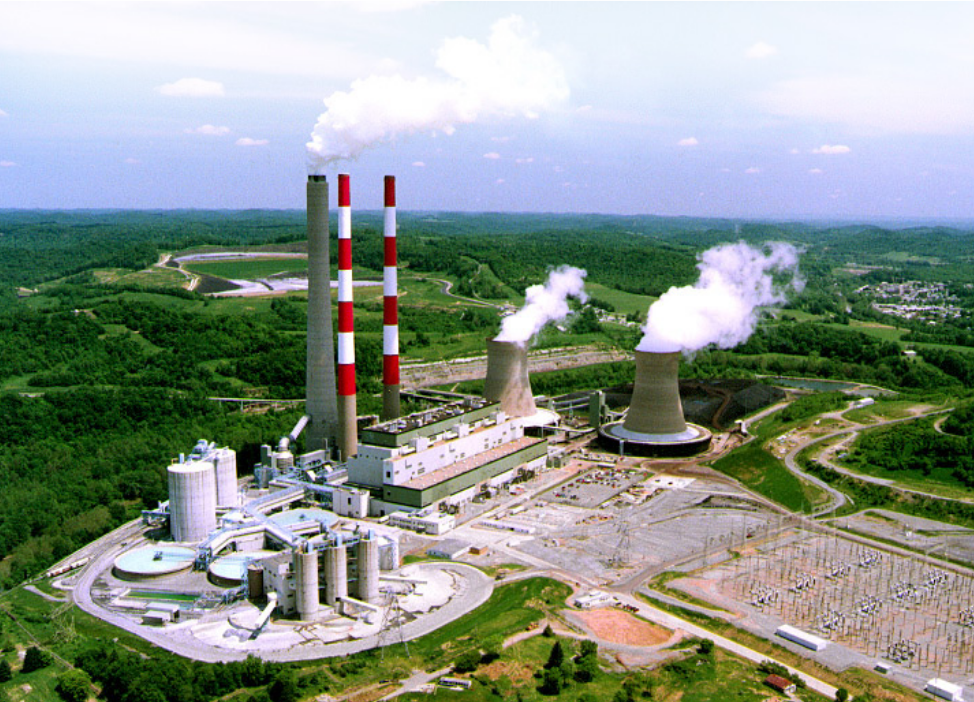
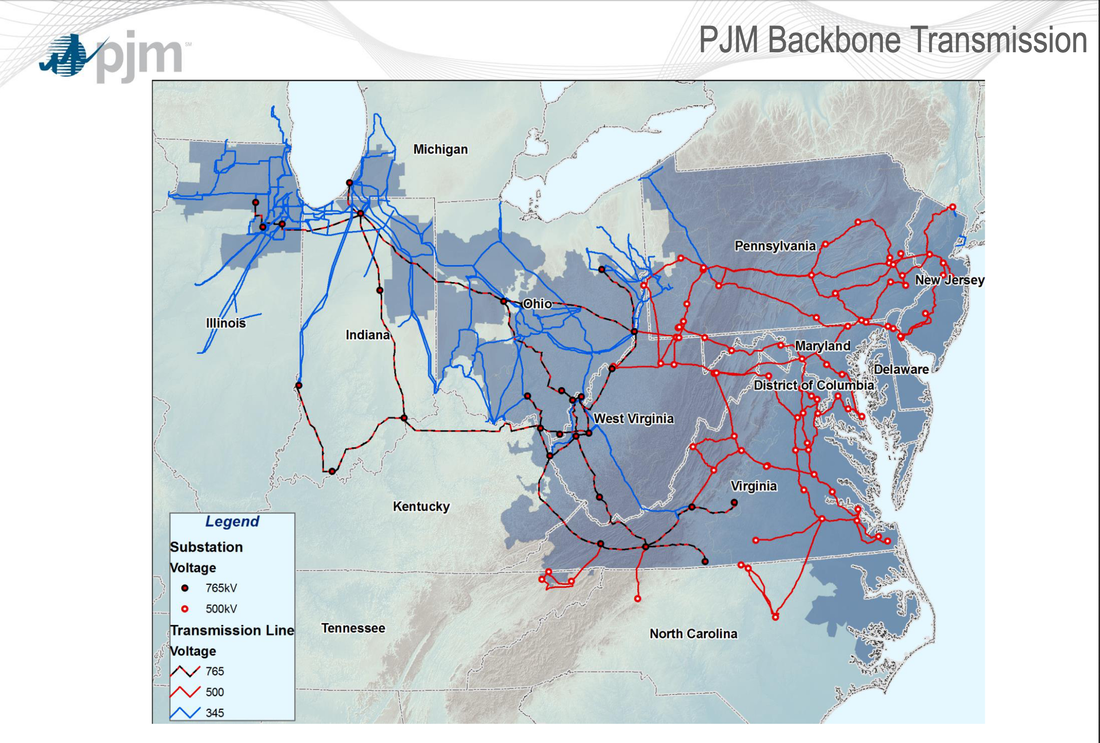
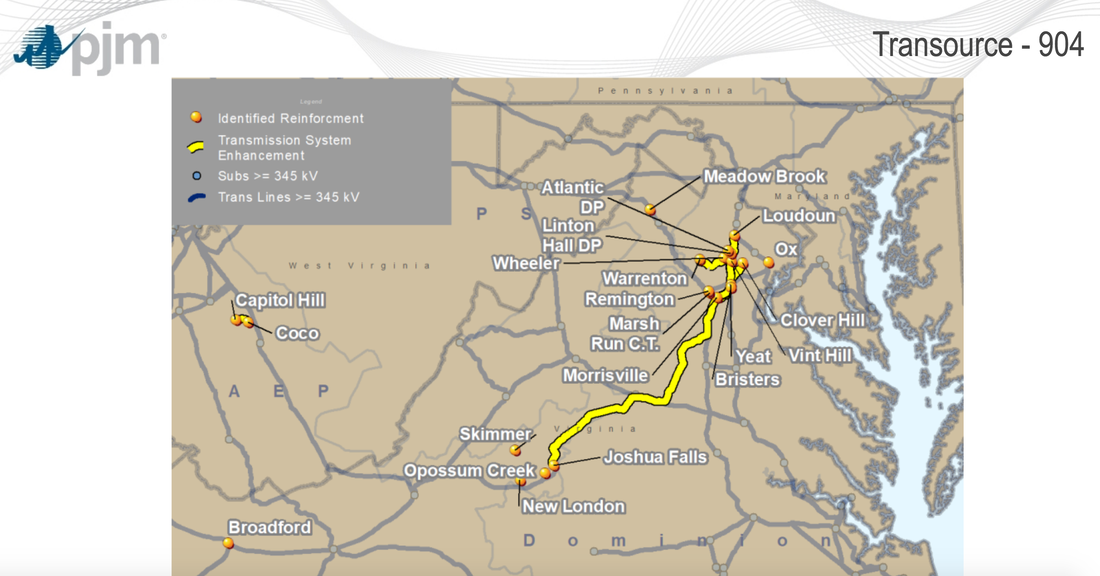

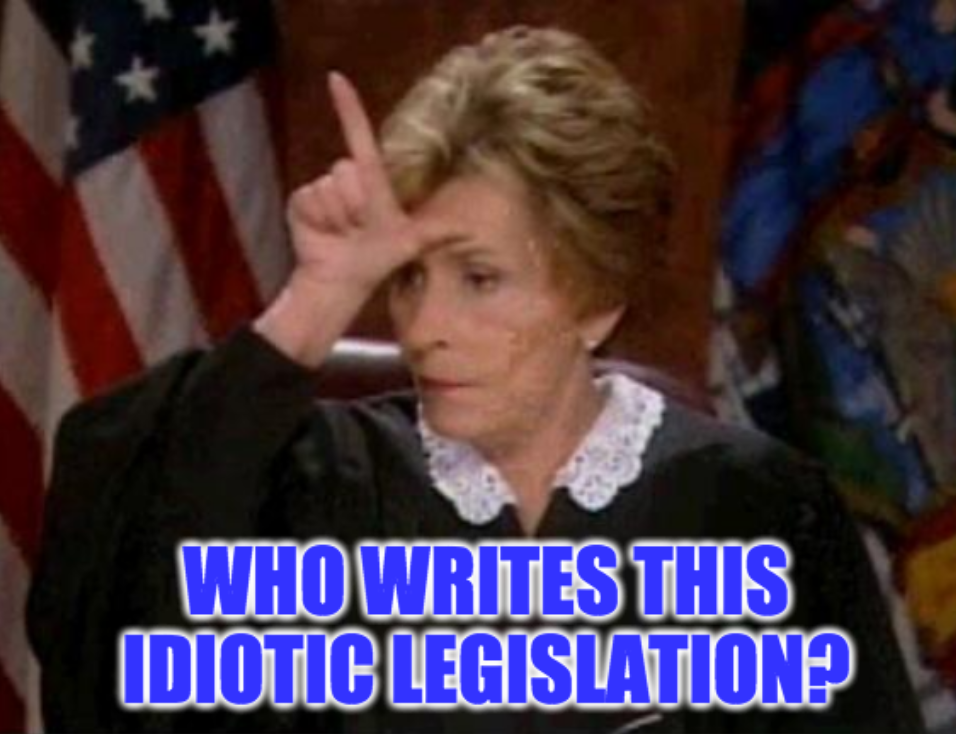

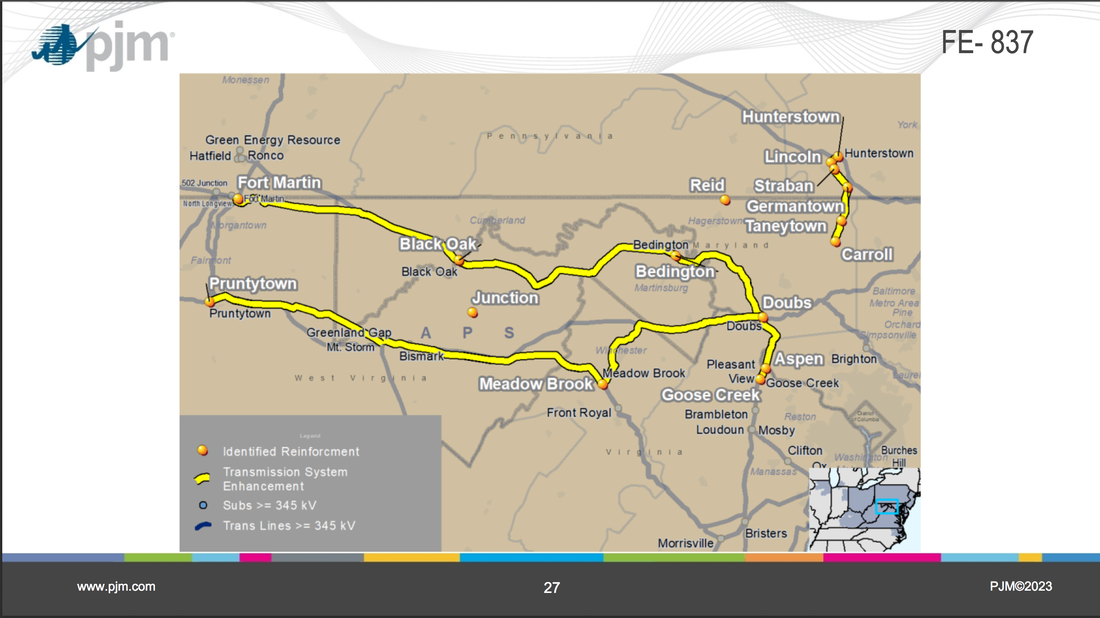
 RSS Feed
RSS Feed